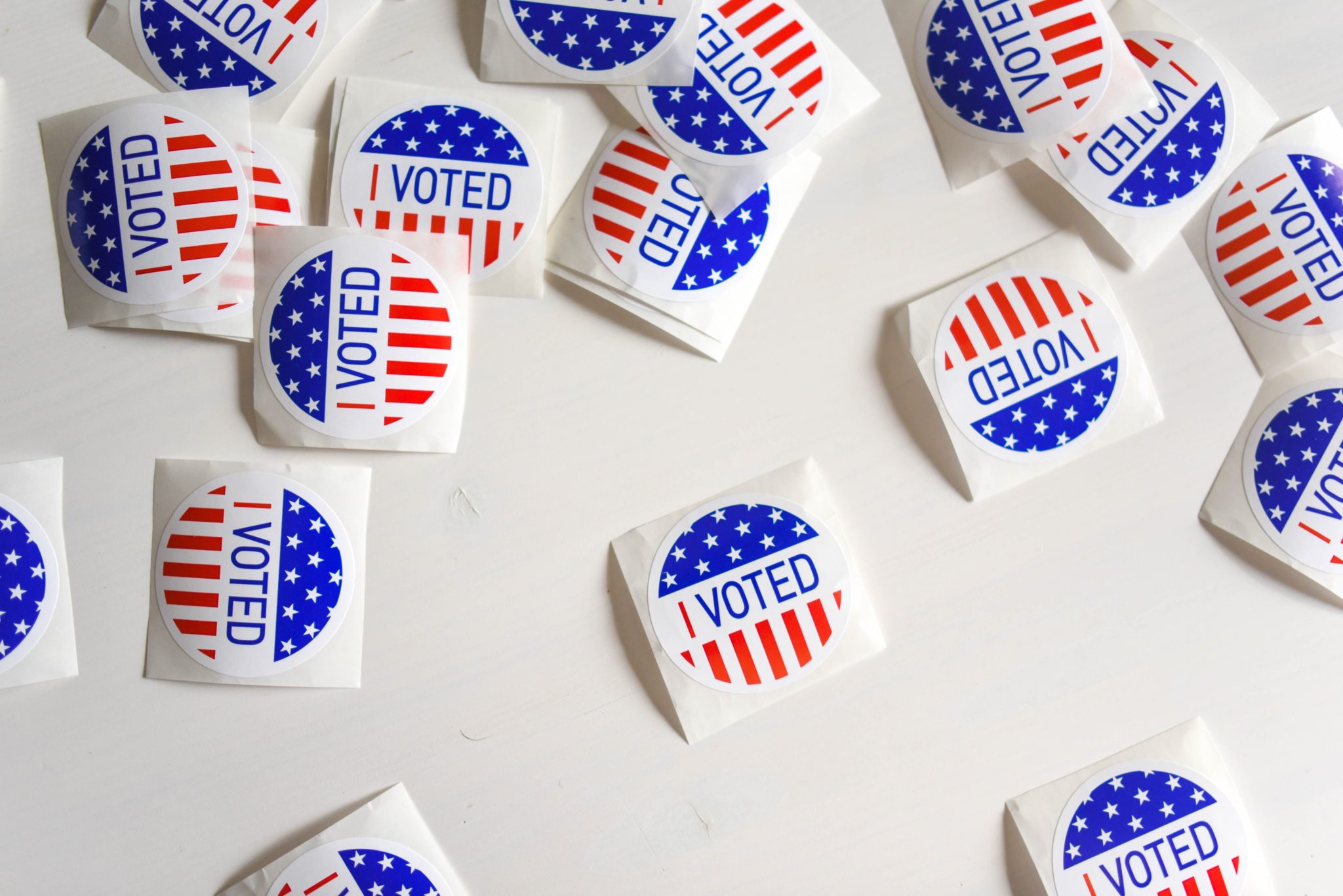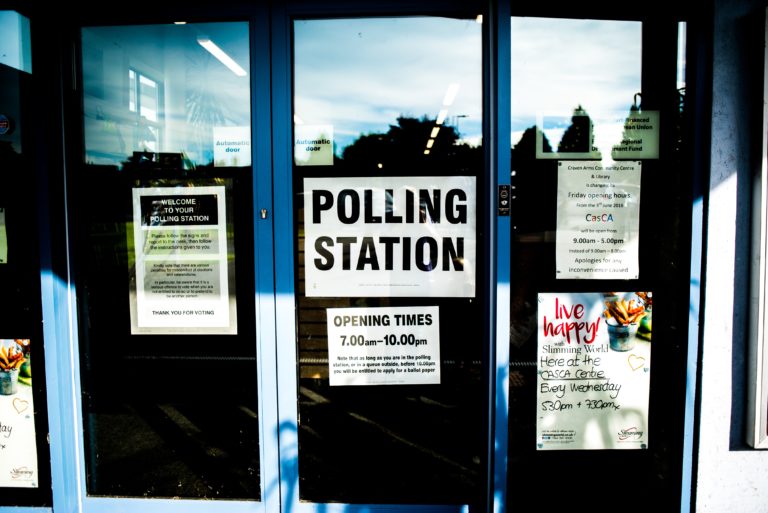30 seconds. That’s 36 heartbeats. 8 deep breaths. And it’s the amount of time…
3 Stats to Know About Women Voters

On July 19, 1848, over 300 (mostly) women gathered for the Seneca Falls Convention, the first women’s rights convention in the United States and the beginning of the women’s suffrage movement. On the anniversary of Seneca Falls, we’re celebrating women voters.
Here are a few things you should know:
- Women turn out at higher rates for midterm elections than men.
According to the Pew Research Center, women have turned out at higher rates for midterm elections dating back to 1998. In 2018, 55% of women who were eligible to vote cast ballots while only 51.8% of eligible men did the same.
- Women have voted at higher rates than men in every presidential election since 1964
According to the Center for American Women and Politics at Rutgers University (CAWP), 39.2 million women voters turned out to vote in the 1964 presidential election compared to 37.5 million men. In 2016, that difference was much bigger: 73.7 million women voted, but only 63.8 million men cast ballots.
- The first “Year of the Woman” saw the highest proportion of women voters since 1980
66.3% of eligible women turned out to cast their ballots in 1992. 2008 was a close second with 65.6% of eligible women voters, according to CAWP.
Beyond the numbers, it’s important to remember this: women voters don’t necessarily vote for women candidates. Barbara Lee Family Foundation research has shown again and again that women are note a monolithic voting bloc, and that party and ideology outweigh gender when voters choose candidates.






